Home » Vertical Axis Wind Turbine » 1000W 24V/48V/96V Vertical Axis Wind Turbine
1000W 24V/48V/96V Vertical Axis Wind Turbine
Introducing the ATO vertical wind turbine, featuring a trio of blades and a sturdy 1000W power output. Engineered for adaptability, this groundbreaking turbine offers flexibility with rated voltages of 24V, 48V, and 96V. Perfect for diverse uses such as home emergency power, outdoor environments, industrial settings, and garden illumination, this turbine guarantees reliability.
Basic Specification: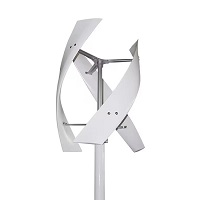
Buy a 1000W 24V/48V/96V vertical axis wind turbine now!
Dimension (Unit: mm)
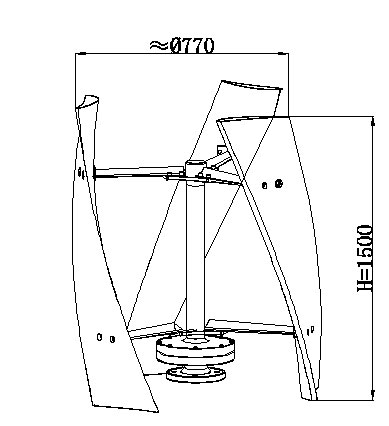
FAQ: How can we mitigate bird collisions with vertical axis wind turbines (VAWTs)?
Mitigating bird collisions with vertical axis wind turbines (VAWTs) presents a significant challenge, especially concerning certain avian species. However, several approaches can reduce the likelihood of such incidents:
Basic Specification:

Model: ATO-X9-1000
Rated Power: 1000W
Rated Voltage: 24V/48V/96V
With Controller: Yes
Start Up Wind Speed: 2 m/s
Rated Wind Speed: 12 m/s
Survival Wind Speed: 50 m/s
Wheel Diameter: 0.5m/1.5m
Buy a 1000W 24V/48V/96V vertical axis wind turbine now!
Dimension (Unit: mm)

FAQ: How can we mitigate bird collisions with vertical axis wind turbines (VAWTs)?
Mitigating bird collisions with vertical axis wind turbines (VAWTs) presents a significant challenge, especially concerning certain avian species. However, several approaches can reduce the likelihood of such incidents:
- Strategic Placement: VAWTs should be located away from established bird migration routes, breeding sites, and feeding areas. Studies show that birds tend to avoid VAWTs when they are easily visible from a distance. Therefore, positioning turbines in open spaces can decrease collision rates.
- Turbine Design and Placement: Thoughtful consideration of VAWT design and placement is vital. Elevating turbines on tall towers increases their visibility to birds. Using colors or patterns that contrast with the surroundings can also enhance turbine detectability.
- Controlled Operation: Adjusting turbine operation to minimize bird collisions is essential. This may involve reducing turbine speeds during periods of high bird activity, such as migration or nighttime, to lower the risk of collisions.
- Bird Monitoring: Regular monitoring of avian activity around VAWTs can identify areas with increased bird presence, allowing for adjustments in turbine operation to mitigate collision risks. This not only decreases collision occurrences but also provides valuable data on local bird populations.
- Research and Development: Ongoing research and development in VAWT technology can uncover additional strategies for mitigating bird collisions. For example, altering the color of turbine blades to enhance bird visibility or using ultrasonic or infrasonic noise generators to deter birds from approaching turbines are potential areas of exploration.
Post a Comment:
You may also like:

Featured Articles
Overvoltage Protection for Wind ...
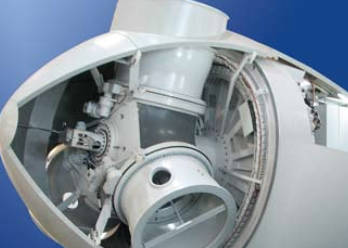 Due to their principle of operation, wind turbines have to be set up outdoors and are used in a wide range of ...
Due to their principle of operation, wind turbines have to be set up outdoors and are used in a wide range of ...
 Due to their principle of operation, wind turbines have to be set up outdoors and are used in a wide range of ...
Due to their principle of operation, wind turbines have to be set up outdoors and are used in a wide range of ...Wind Farm Siting, Installation and ...
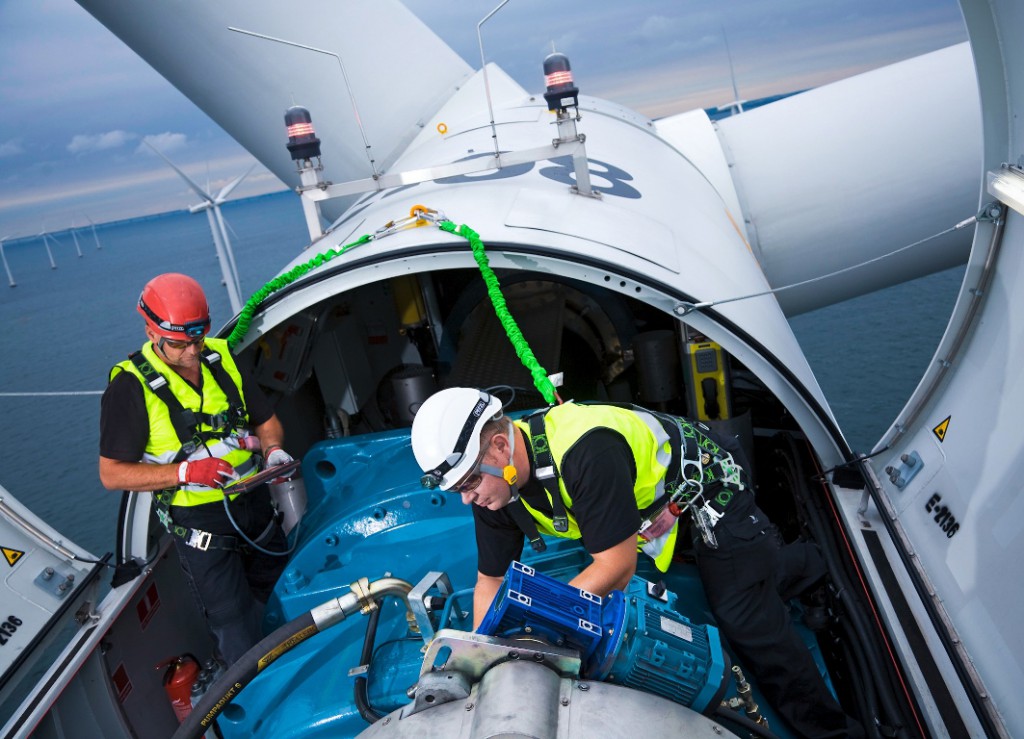 Before wind turbines can be installed, the most appropriate location or locations for them needs to be determined. The ...
Before wind turbines can be installed, the most appropriate location or locations for them needs to be determined. The ...
 Before wind turbines can be installed, the most appropriate location or locations for them needs to be determined. The ...
Before wind turbines can be installed, the most appropriate location or locations for them needs to be determined. The ...Is Wind Energy Practical for Me?
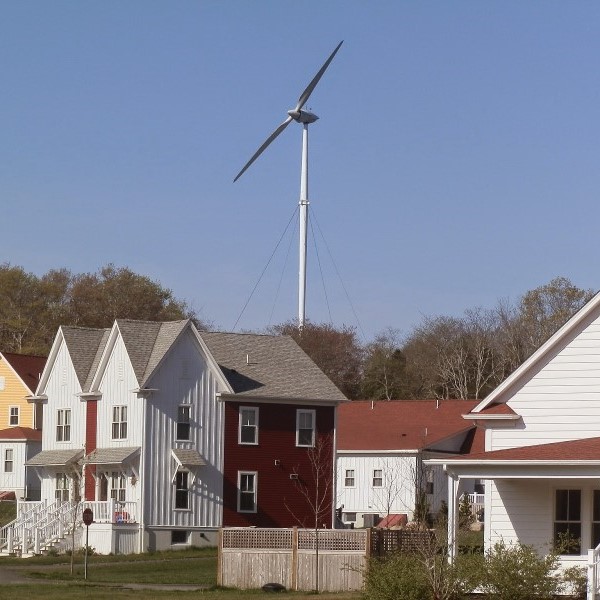 Can I use wind energy to power my home? More people across the country are asking this question as they look for a hedge ...
Can I use wind energy to power my home? More people across the country are asking this question as they look for a hedge ...
 Can I use wind energy to power my home? More people across the country are asking this question as they look for a hedge ...
Can I use wind energy to power my home? More people across the country are asking this question as they look for a hedge ...How do Wind Turbines Work?
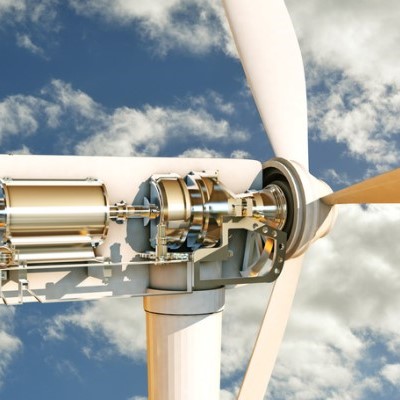 Wind turbines generate electrical power in the same way as all other generation technologies. The only difference is in the ...
Wind turbines generate electrical power in the same way as all other generation technologies. The only difference is in the ...
 Wind turbines generate electrical power in the same way as all other generation technologies. The only difference is in the ...
Wind turbines generate electrical power in the same way as all other generation technologies. The only difference is in the ...What is the Wind Energy Conversion ...
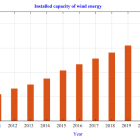 Due to technical and economic visibility, wind power has emerged as one of the most promising renewable energy sources ...
Due to technical and economic visibility, wind power has emerged as one of the most promising renewable energy sources ...
 Due to technical and economic visibility, wind power has emerged as one of the most promising renewable energy sources ...
Due to technical and economic visibility, wind power has emerged as one of the most promising renewable energy sources ...